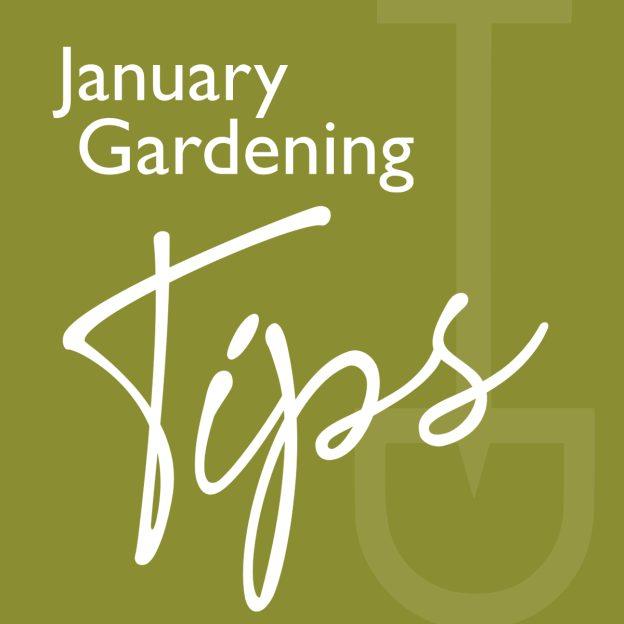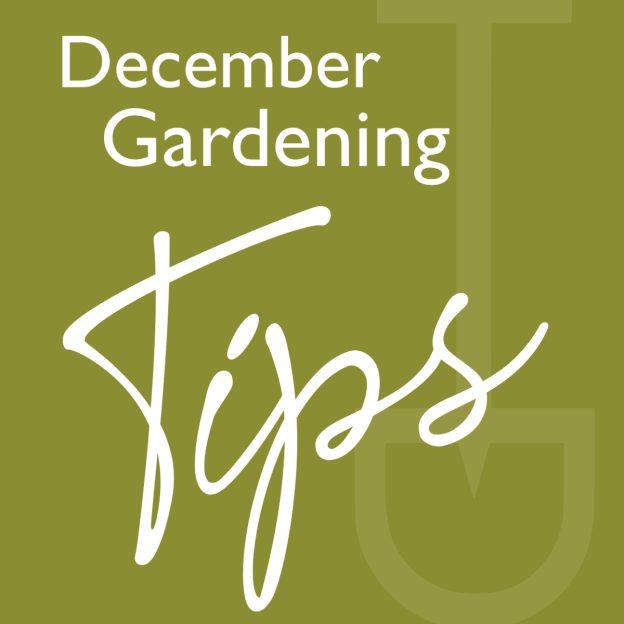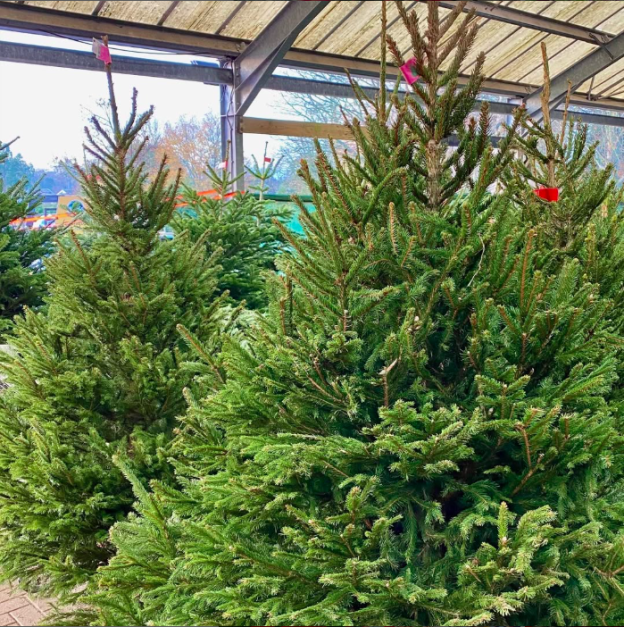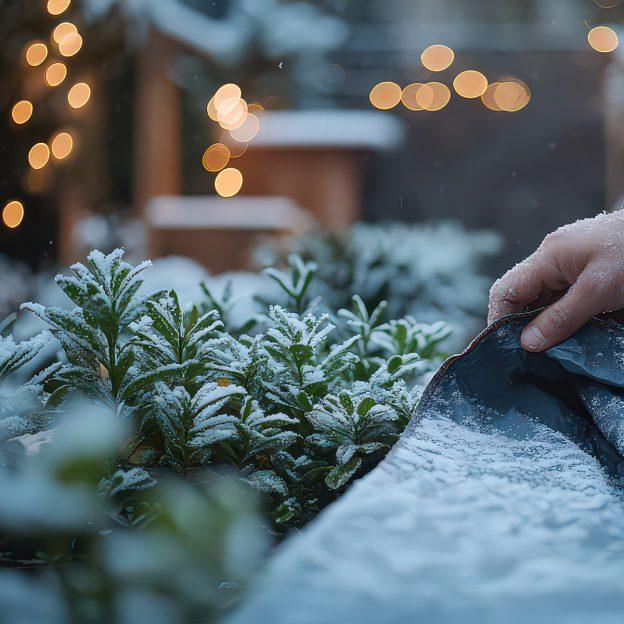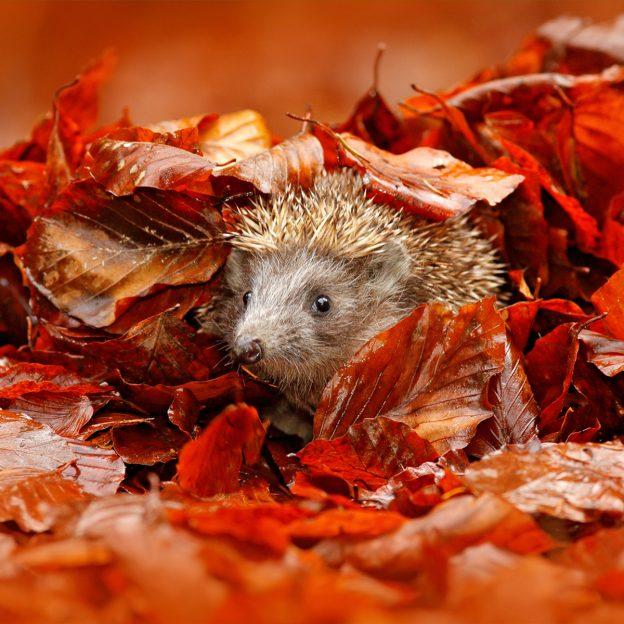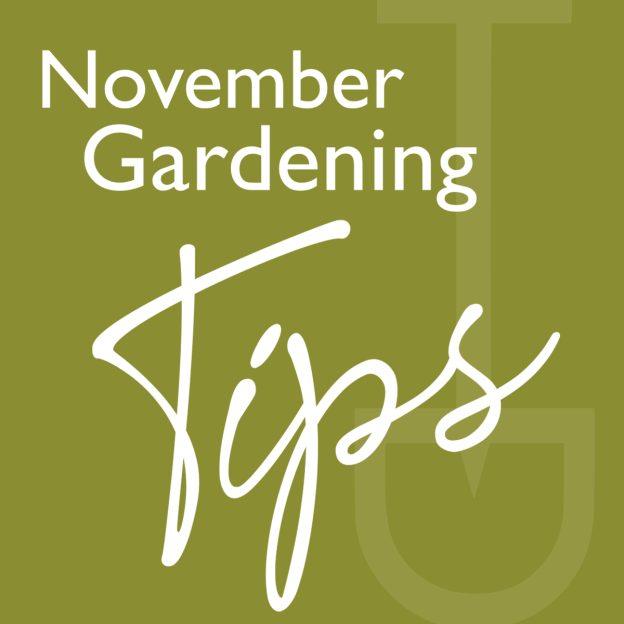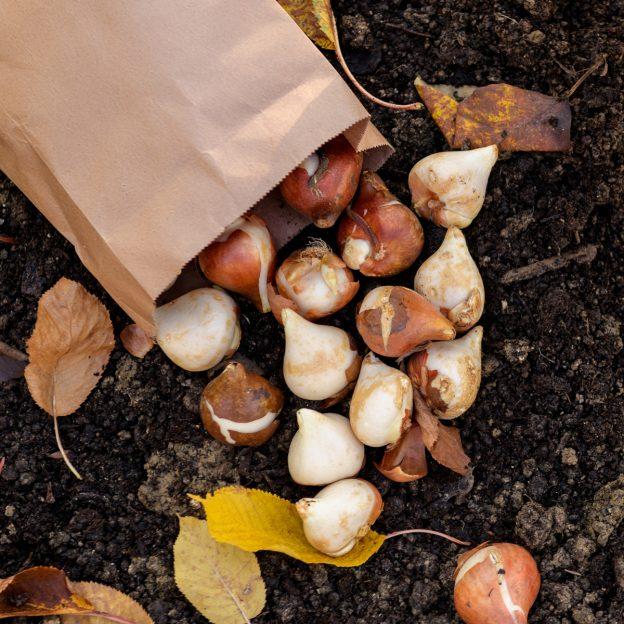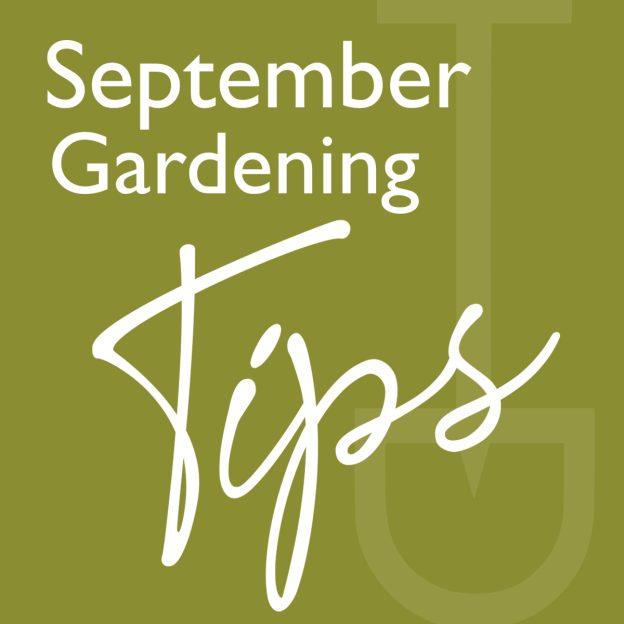January in the UK is typically one of the coldest months of the year, with shorter daylight hours, frost, and sometimes snow. For gardeners, this can seem like a quiet period where little can be done. However, with the right approach, January is an ideal time to prepare your garden for the year ahead, keep things in check, and even get started on some indoor projects. From maintaining your garden tools to planning for spring, there’s plenty to do during this chilly month.
Here are some practical tips to help you make the most of your garden in January.
Prepare for Cold Weather
Winter weather in the UK can be unpredictable, with frosts, snow, and icy winds. One of the most important tasks in January is to protect plants from the cold. If you haven’t already, now is the time to get your garden “winter ready.”
Practical Tips:
– Cover tender plants (tender is the opposite of hardy). Use horticultural fleece (available from our garden centre), cloches, or even old bed sheets to cover any plants that are vulnerable to frost.
– Mulch. Apply a thick layer of mulch around the base of shrubs, plants, and trees. This will help insulate the soil, keeping roots warmer and reducing the risk of frost damage. You can use any bark product as a mulch; we have plenty of options in stock.
– Protect pots. Pots are particularly susceptible to freezing, which can damage roots. Move pots to a sheltered area or wrap them with bubble wrap or fleece. If you can, bring them into a garage or shed. Don’t forget to raise your pots off the ground too using pot feet.
Maintain Garden Tools
Now is a great time to tend to your garden tools, ensuring that they are ready for the busy months ahead. Taking care of your gardening equipment will make your tasks easier and more efficient when spring arrives.
Practical Tips:
– Clean and sharpen tools. After a long season of use, garden tools such as spades, shears, and hoes will need a good clean. Scrub off soil, sap, and rust using wire brushes, and then carefully sharpen the edges with a sharpening stone or file. Oiling metal parts will help protect them from rust.
– Check the shed. Take stock of your garden shed and ensure that everything is in good condition for the coming months. Check for any dampness or leaks and tidy up to make it easier to find tools in the spring.
Plan for the Growing Season
January is the perfect time to sit back, relax, and plan your garden for the coming year. It’s easy to get carried away when the weather is warmer, but January offers a quieter, calmer space to really think about your garden’s design and what you want to grow.
Practical Tips:
– Sketch your garden design. Consider changes you’d like to make. Do you want to add more flowers, edibles, or trees? How can you improve the layout or add colour?
– Plan your planting. January is an ideal time to start seed sowing and buying your summer-flowering bulbs for the upcoming season.
– Crop rotation for veg gardens. If you have a vegetable garden, it’s important to consider crop rotation to prevent soil depletion and reduce pests. Planning your rotation now will save time in the spring. Don’t forget to reflect on last year—what worked well and what didn’t?
Look After Indoor Plants
If you grow houseplants or have winter-flowering plants like cyclamen, poinsettias, or indoor bulbs, January is the perfect time to give them some attention.
Practical Tips:
– Water sparingly. With shorter daylight and colder conditions, most houseplants need less water during the winter months. Overwatering can lead to root rot, so ensure that pots have good drainage, and let the top of the soil dry before rewatering.
– Maintain humidity levels. Winter heating can dry out the air in homes, which isn’t ideal for many houseplants. To combat this, you can increase humidity by placing plants on trays of pebbles filled with water, using a humidifier, or grouping plants together.
– Check for pests. Take time to inspect indoor plants for pests like aphids, scale insects, or mealybugs. If you spot any, treat the plant with insecticidal treatment or wipe the leaves down with a damp, soapy cloth.
Tidy Up the Garden
While it may seem like little is growing in January, there are still tasks you can tackle to keep your garden tidy and set up for success later in the year.
Practical Tips:
– Prune deciduous trees and shrubs. Many deciduous trees and shrubs are dormant during the winter, making it a good time to prune them. Remove dead, diseased, or damaged branches and shape them as needed. Always ensure you use clean, sharp tools to make precise cuts
– Clear leaves and debris. Fallen leaves and plant debris can smother grass and plants, as well as create a hiding spot for pests. Collect any fallen leaves, and either compost them or use them as mulch on borders. Clear any branches, twigs, or other debris to prevent fungal growth
Feed Birds and Wildlife
Wildlife can struggle in the winter months due to the cold, so creating a welcoming environment for garden birds and other animals can be very rewarding.
Practical Tips:
– Set up bird feeders. Offer a variety of foods like peanuts, sunflower seeds, and suet. These will provide birds with the essential energy they need to survive the cold temperatures. Consider hanging a mixture of feeders at different heights to attract various bird species.
– Leave out water. Birds and other animals may struggle to find water during freezing conditions, so ensure you have a birdbath or shallow container filled with fresh water. Break the ice daily if necessary.
– Provide shelter. If you have a spare shed, log pile, or other secluded spots, leave them undisturbed. Hedgehogs, birds, and small mammals will benefit from sheltered spaces where they can seek refuge from the cold. You may also want to add a few bird boxes to trees in your garden.
Start Seeds Indoors
For the eager gardener, January can be the start of the planting season, especially if you want to get a head start on the spring growing season. Many vegetables and flowers can be sown indoors now.
Practical Tips:
– Start early vegetables. Crops like tomatoes, chillies, and peppers can be started indoors in seed trays. If you have a heated propagator or a warm, sunny windowsill, this will help your seeds germinate.
– Indoors flowers. Start sowing early flowers like marigolds, geraniums, sweet peas, or lobelia. Growing them indoors gives them a head start and will ensure they bloom earlier in the season.
Check Your Lawn
Your lawn might not look its best in January, but that doesn’t mean it needs to be neglected.
Practical Tips:
– Avoid walking on the lawn. If there’s frost, snow, or heavy rain, avoid walking on the grass as this can damage the turf. Frozen grass is brittle, and walking on it can cause it to break.
– Keep it clear. Remove any debris, like fallen branches, to prevent them from smothering the grass. If you see areas where moss is growing, you can treat them with moss killer or rake them out.
Keep an Eye on Winter Pests
Pests are less active during the winter, but that doesn’t mean they disappear completely. January is a good time to check for any signs of infestation in your garden.
Practical Tips:
– Check for aphids and slugs. Though fewer in winter, pests like aphids, slugs, and snails can still be found in sheltered spots. Inspect plants, especially those under covers or in greenhouses, for signs of pests.
– Inspect trees and shrubs. Look for signs of damage, such as bark damage or unusual growth, which could indicate the presence of pests or diseases.
Conclusion
January might be cold and quiet in the garden, but it’s a month brimming with opportunity. From protecting your plants and wildlife to planning your garden’s design and even starting seeds indoors, the steps you take now will set the stage for a successful year ahead. By tackling these tasks during the winter lull, you’ll ensure your garden is healthy, prepared, and ready to bloom beautifully when spring arrives. Embrace the slower pace of January to lay the groundwork for a productive and rewarding gardening season!

